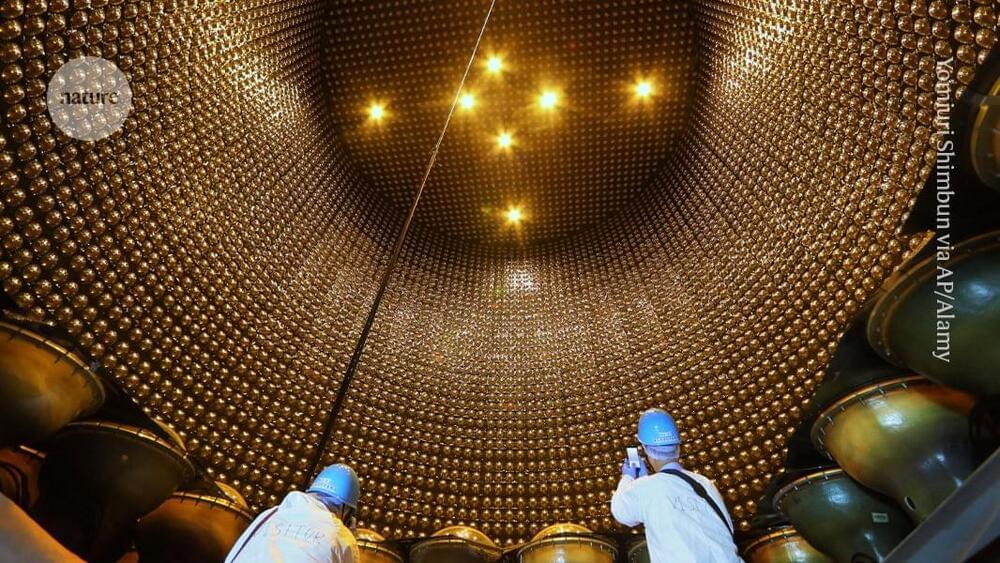Kamiokande-II saw the first supernova neutrinos from the famous SN 1987A.
Every few seconds, somewhere in the observable Universe, a massive star collapses and unleashes a supernova explosion. Japan’s Super-Kamiokande observatory might now be collecting a steady trickle of neutrinos from those cataclysms, physicists say — amounting to a few detections a year.
These tiny subatomic particles are central to understanding what goes on inside a supernova: because they zip out of the star’s collapsing core and across space, they can provide information about any potentially new physics that occur under extreme conditions.
At last month’s Neutrino 2024 conference in Milan, Italy, Masayuki Harada, a physicist at the University of Tokyo, revealed that the first hints of supernova neutrinos seem to be emerging from the cacophony of particles that the Super-Kamiokande detector collects every day from other sources, such as cosmic rays hitting the atmosphere and nuclear fusion in the Sun’s core. The result “indicates that we started observing a signal”, says Masayuki Nakahata, a physicist at the University of Tokyo and spokesperson for the experiment, which is commonly referred to as Super-K. But Nakahata cautions that the supporting data — collected over 956 days of observation — are still very weak.
